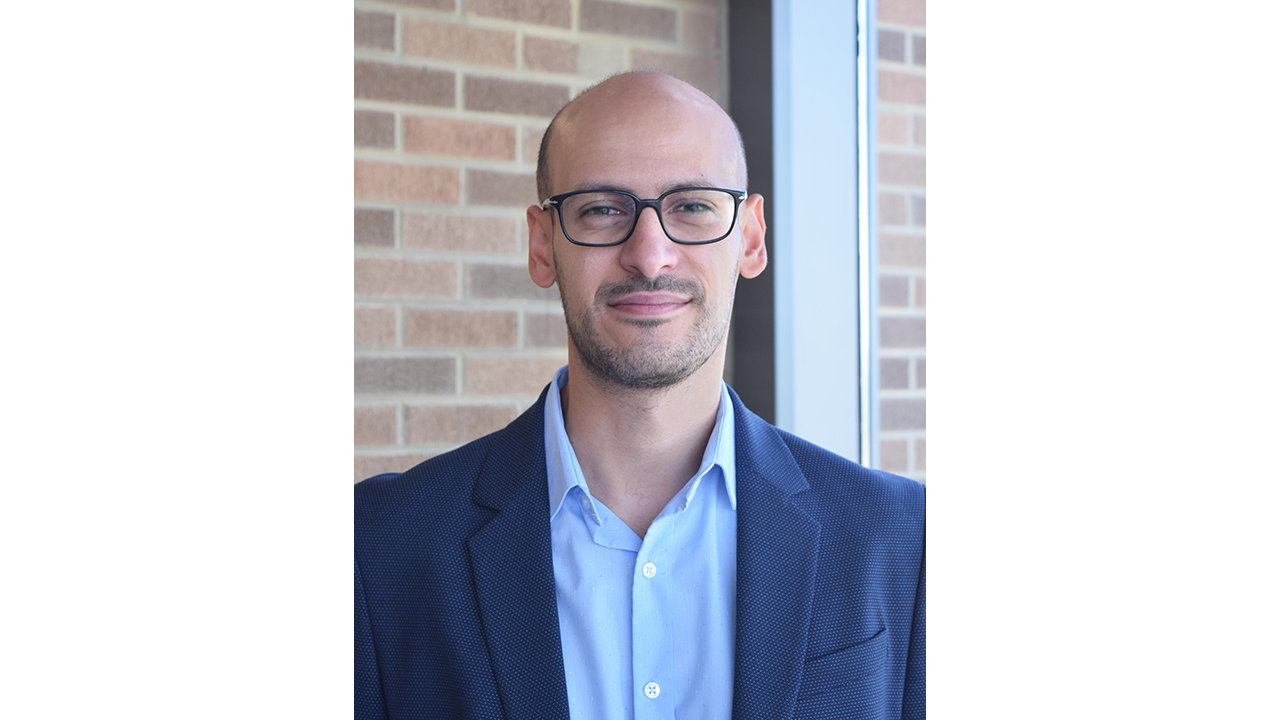CV: Meet Dr. Maged Goubran
Bio basics: Dr. Maged Goubran is a scientist in Physical Sciences and the Hurvitz Brain Sciences Research Program at Sunnybrook Research Institute, and an assistant professor of Medical Biophysics at the University of Toronto. He earned his PhD in biomedical engineering with a specialization in Medical Imaging at the Robarts Research Institute at Western University. He then went on to complete his postdoctoral studies as a research scholar at the Montreal Neurological Institute and then as a postdoctoral fellow in the Department of Radiology and the Neuroscience Program at Stanford University. Dr. Goubran joined Sunnybrook Research Institute as a scientist in late 2019.
What is your research focus?
My research combines both technical and translational research. It focuses on the development of novel artificial intelligence (AI) and computational methods to probe, predict and understand brain circuitry and model brain pathology in neurological disorders, such as stroke, Alzheimer’s disease and traumatic brain injury.
Our research revolves around three pivotal themes:
- Mapping of brain neuronal and vascular networks
- Advanced multimodal (neuro) image analyses
- Predictive modelling and hybrid learning in machine learning
What are you working on at the moment?
My team is working to develop and validate artificial neural networks for precise, fast mapping of brain connectivity and vasculature, and for integrated analysis of multimodal data across spatial scales, in collaboration with Drs. Bojana Stefanovic and JoAnne McLaurin. Along with Dr. Sandra Black, we’re developing a state-of-the-art image processing pipeline, with AI modules including image registration, structure and lesion segmentation, and quality control. In addition, we are applying cutting-edge AI techniques to build and validate a prognostic tool, employing a diverse set of imaging, clinical and genomic data, to predict subject-specific rates of cognitive decline and identify at-risk individuals, in collaboration with Dr. Jennifer Rabin and Dr. Black.
These projects span both pre-clinical models and clinical trials, with translational research being a key focus in my program. This translational work is exemplified in our research and collaborations with Dr. Nir Lipsman at the Harquail Centre for Neuromodulation, where we lead the computational and neuroimaging analyses for several cutting-edge trials at the centre.
How did you become interested in research? More specifically, how did you become interested in studying the brain?
From an early age I have been intrigued by medicine, especially neuroscience. Growing up around scientists and doctors ignited my passion for science and created a desire to engage in problem solving. I think it was when I was a summer student at the Robarts Research Institute under the supervision of Dr. Terry Peters, working on computational MRI analysis for guiding surgery in patients with intractable epilepsy, that I realized I wanted to pursue a career as a scientist, focused on studying the brain. Over the years, I’ve been fortunate to have had training under several amazing mentors and prolific research labs/institutes, which provided me with great exposure and motivation to innovate in the field.
What are you most excited about in your field?
There are several recent AI methods, as well as learning and training strategies that are promising, specifically for medical imaging data and for dealing with smaller datasets. It is a very fast-moving field. One of my primary aims is to continue our contributions to novel machine learning methodology applied to imaging and image-guided treatments. There are also exciting advances in the microscopy and computational biology fields that enable more precise, faster characterization of responses of neurons to different stimuli and perturbations, and precise measurements at the cellular level across the whole brain. As a strong proponent of open and team science, I am excited about the push for making datasets, models and pipelines available to the research community in both the machine learning and recently the neuroscience field.
What do you like to do outside of work?
I enjoy photography, reading and sports, like soccer, squash, swimming and volleyball. I also like travelling to explore different places and cultures around the world.



